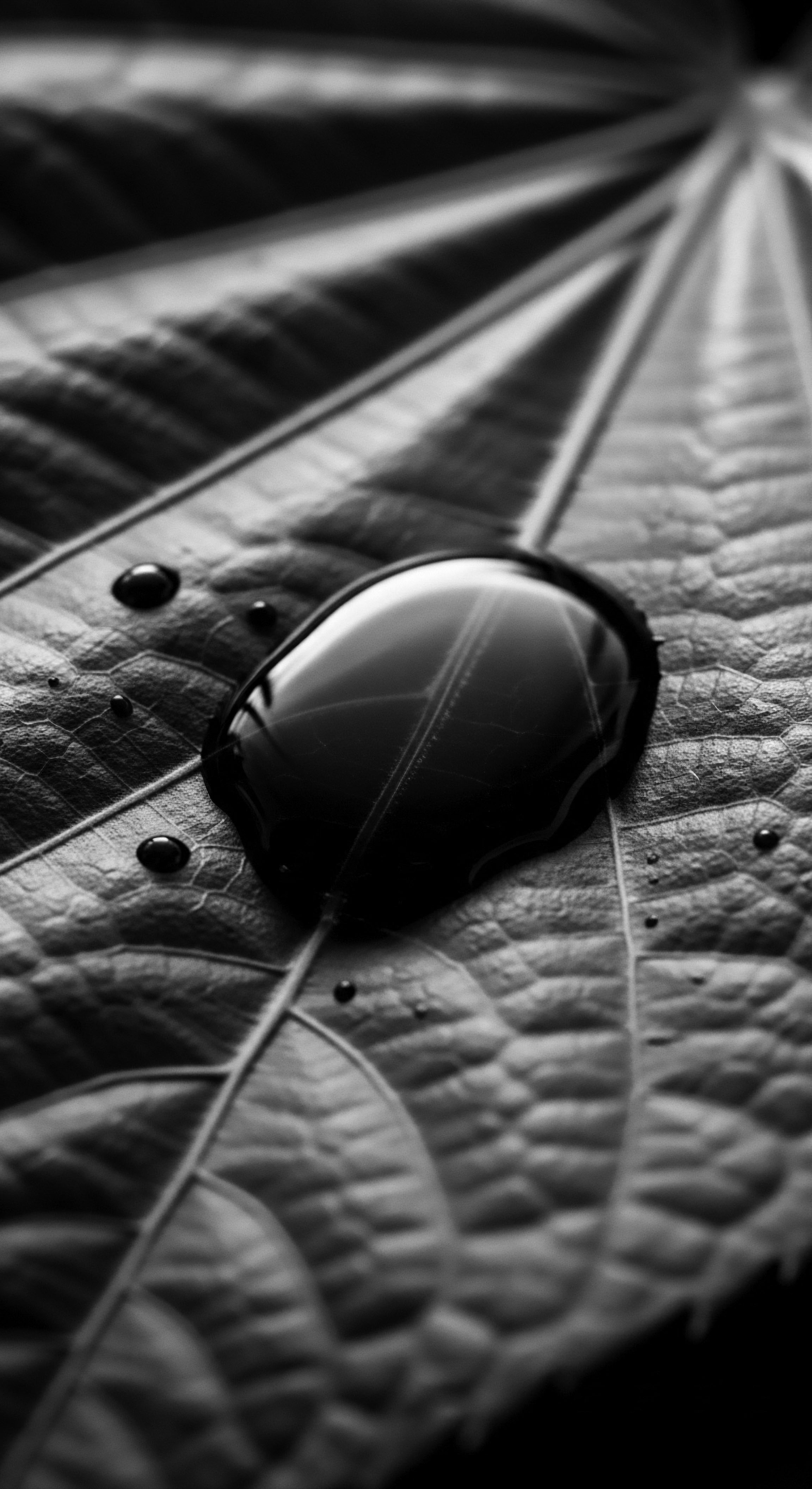
How does the legacy of pH knowledge shape modern hair care for heritage strands?
The legacy of pH knowledge profoundly shapes textured hair care by connecting ancestral practices of balance with modern scientific understanding.
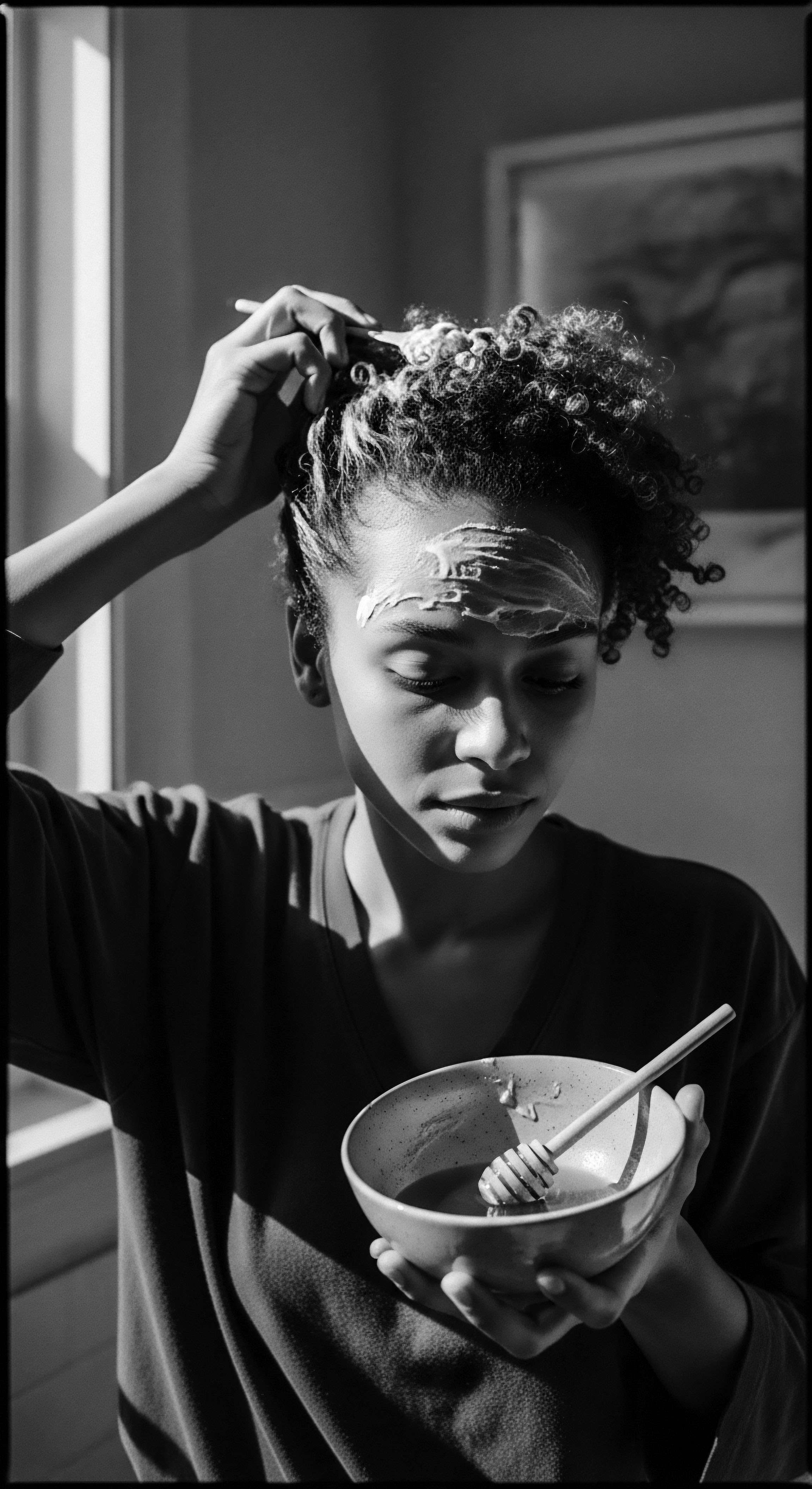
Why do textured hair cleansers prioritize pH balance?
Textured hair cleansers prioritize pH balance to align with hair's natural acidity, preserving moisture, curl definition, and honoring ancestral care traditions.
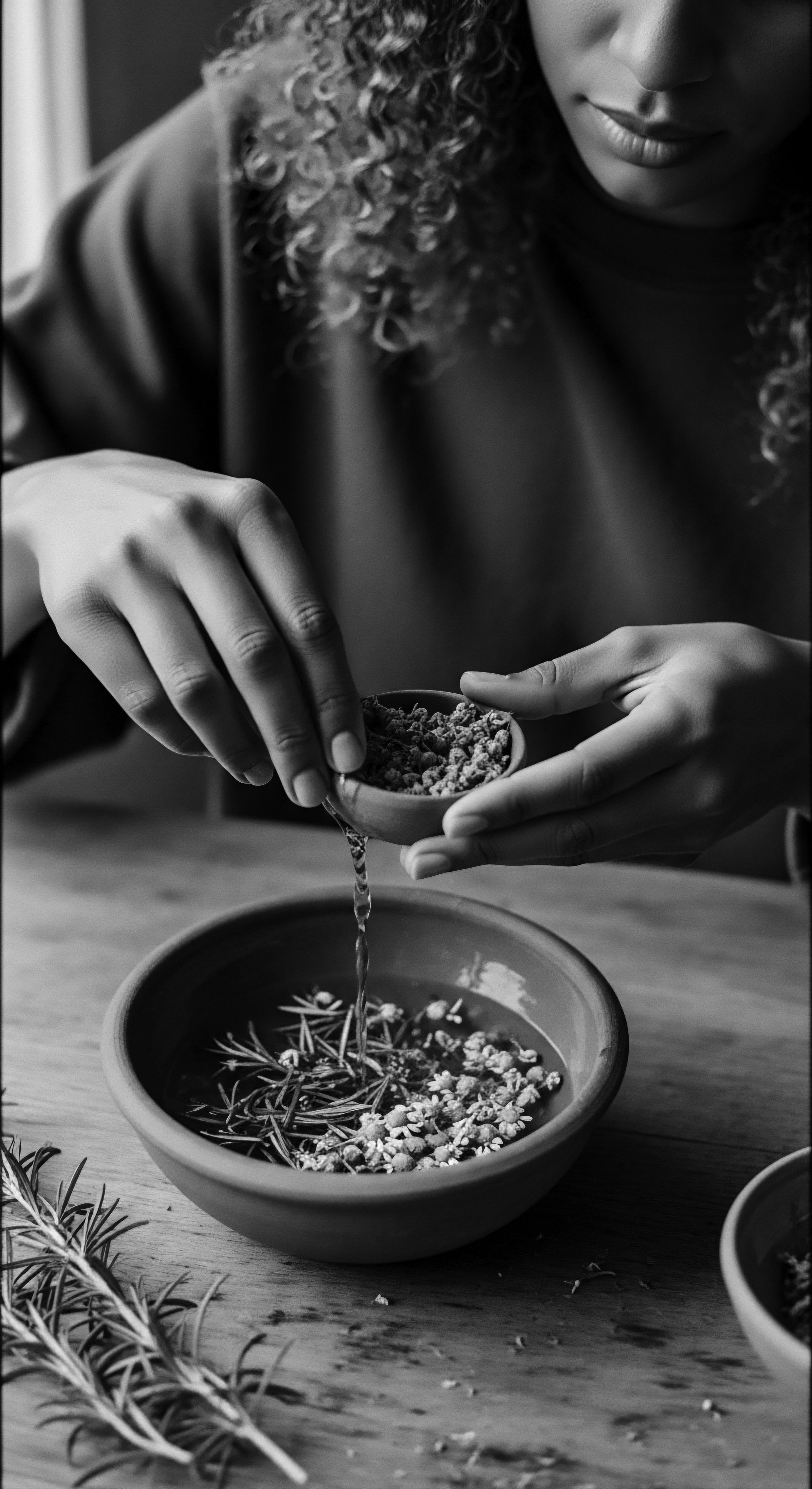
Why are acidic rinses vital for textured hair vitality?
Acidic rinses honor an ancestral understanding of hair's pH, sealing its surface for moisture and strength.
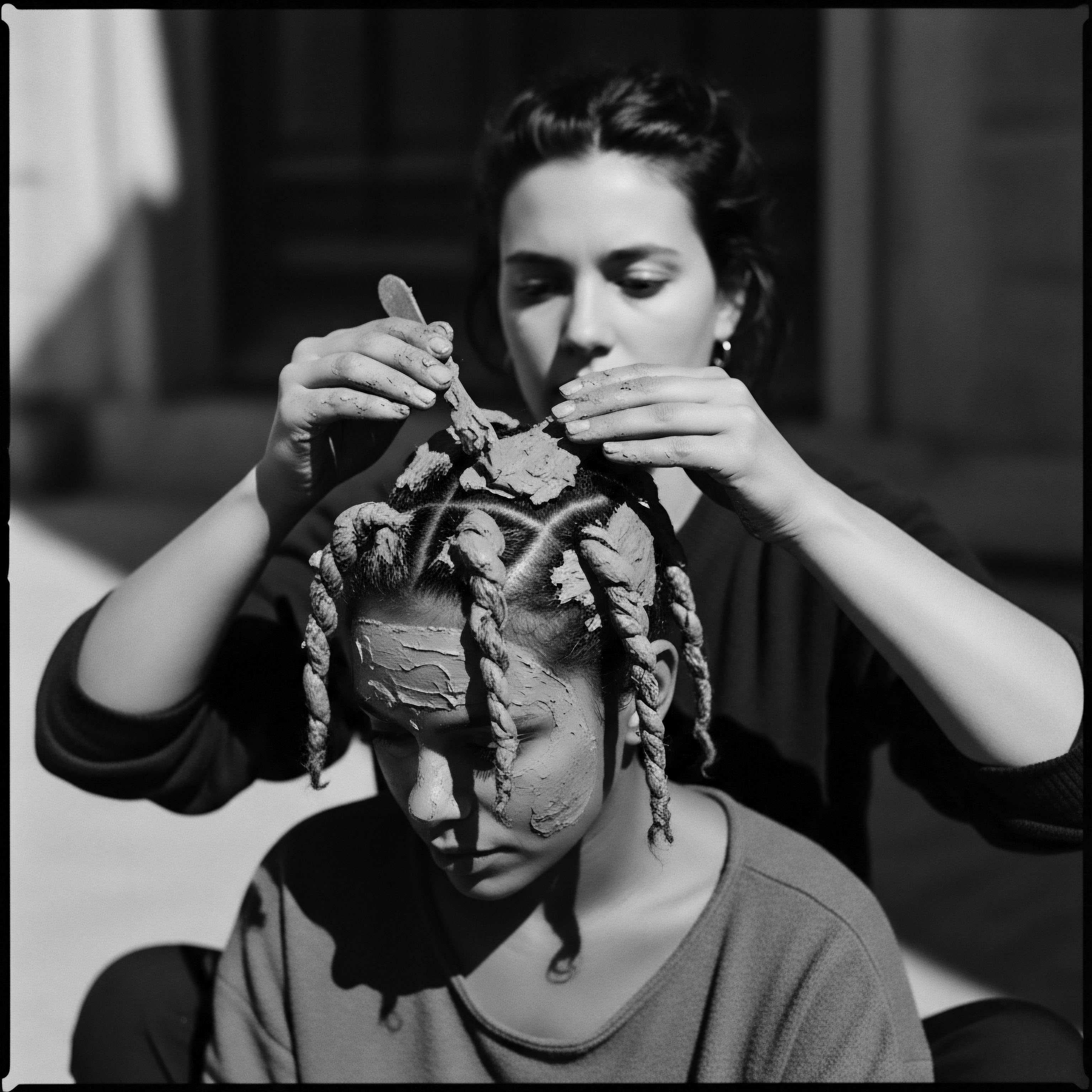
Why is pH balance vital for textured hair’s moisture?
Maintaining balanced pH is fundamental for textured hair moisture, echoing ancestral methods that inherently preserved hair health and heritage.
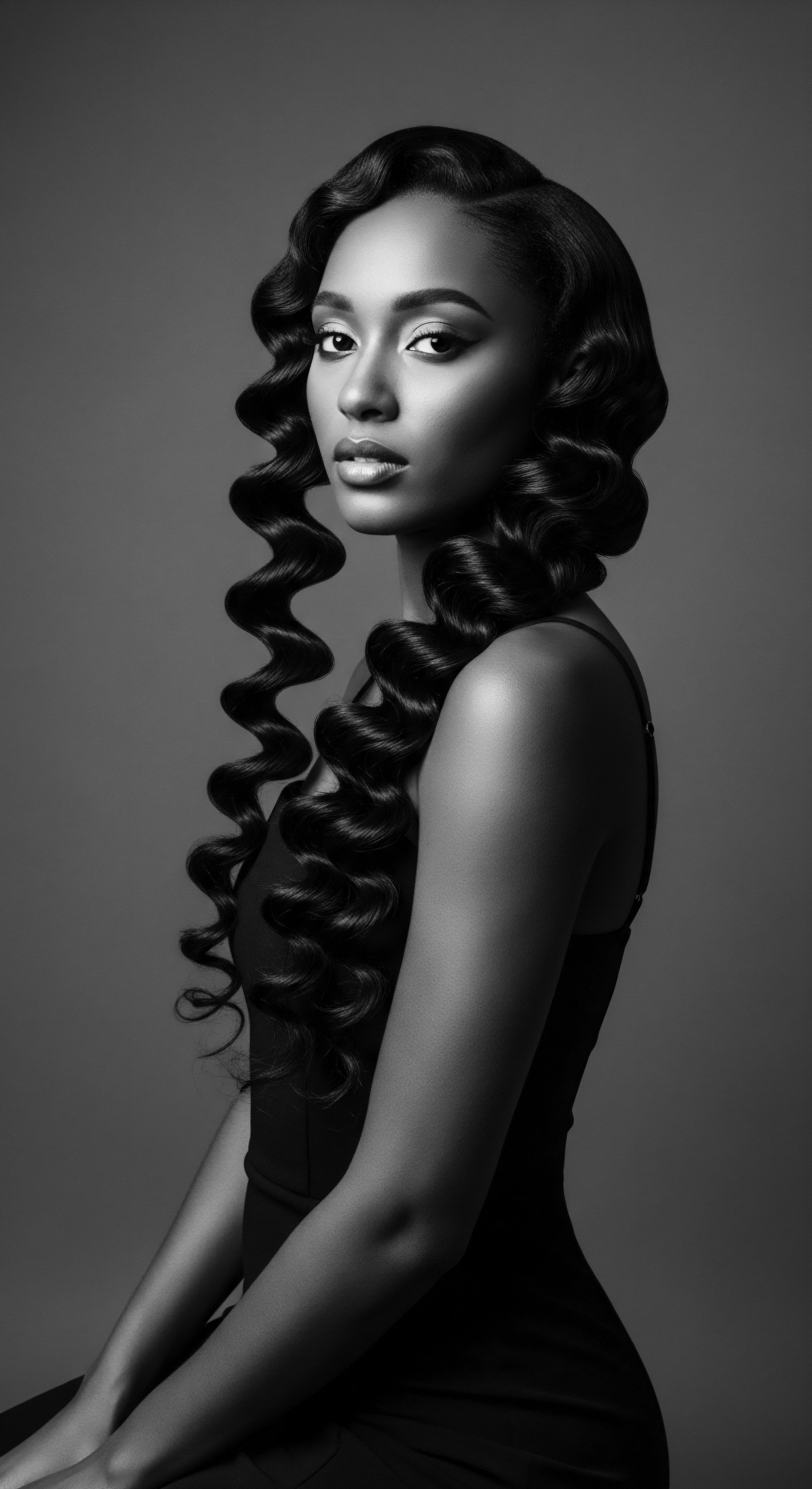
What ancestral methods supported textured hair’s pH for lasting health?
Ancestral methods upheld textured hair's natural vitality by intuitively balancing pH through plant-derived cleansers and conditioning rinses, a deep heritage of care.
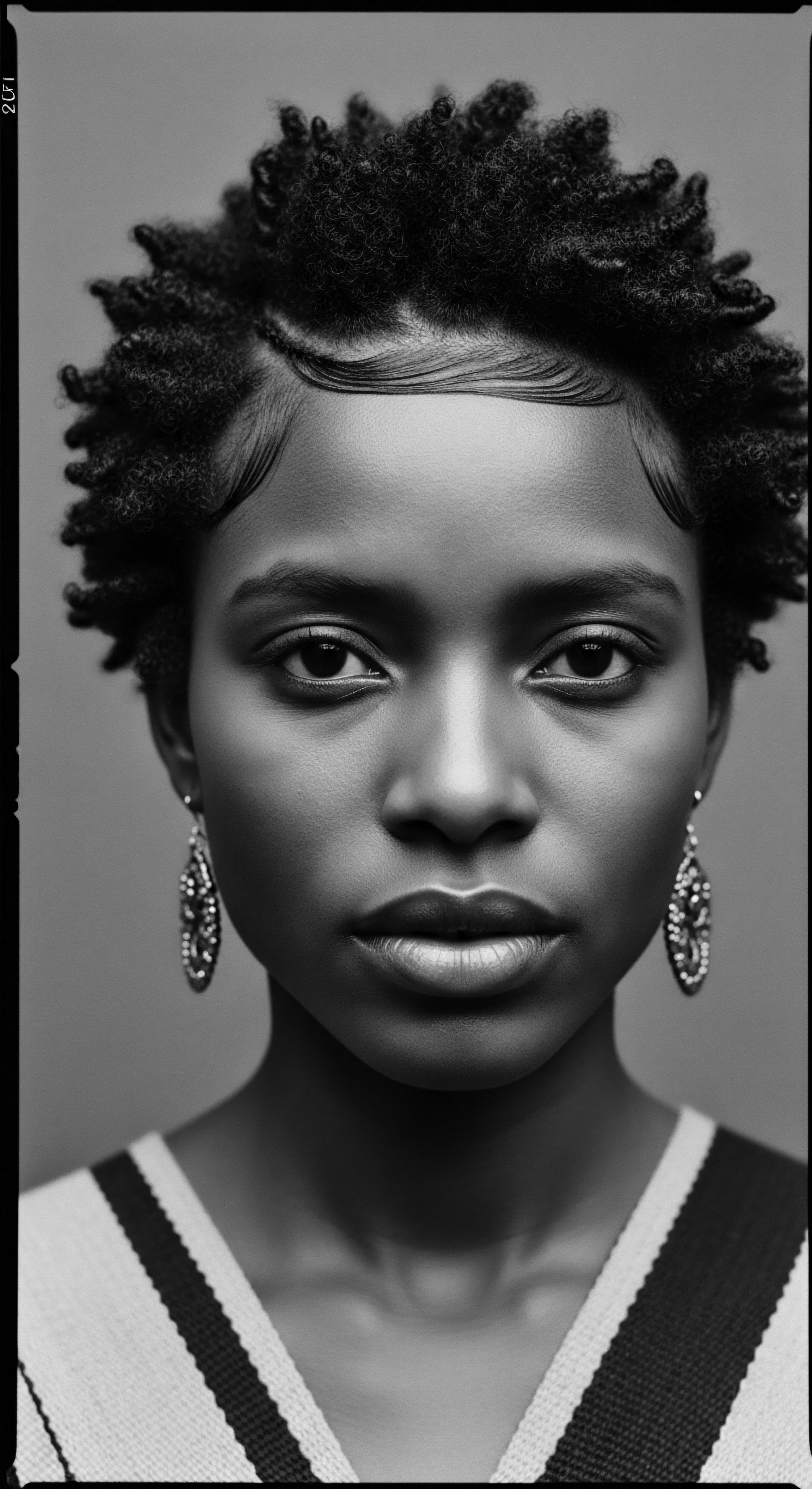
What traditional ingredients support textured hair’s pH needs?
Ancestral practices intuitively supported textured hair's pH through botanical rinses and holistic care, honoring its inherent balance.
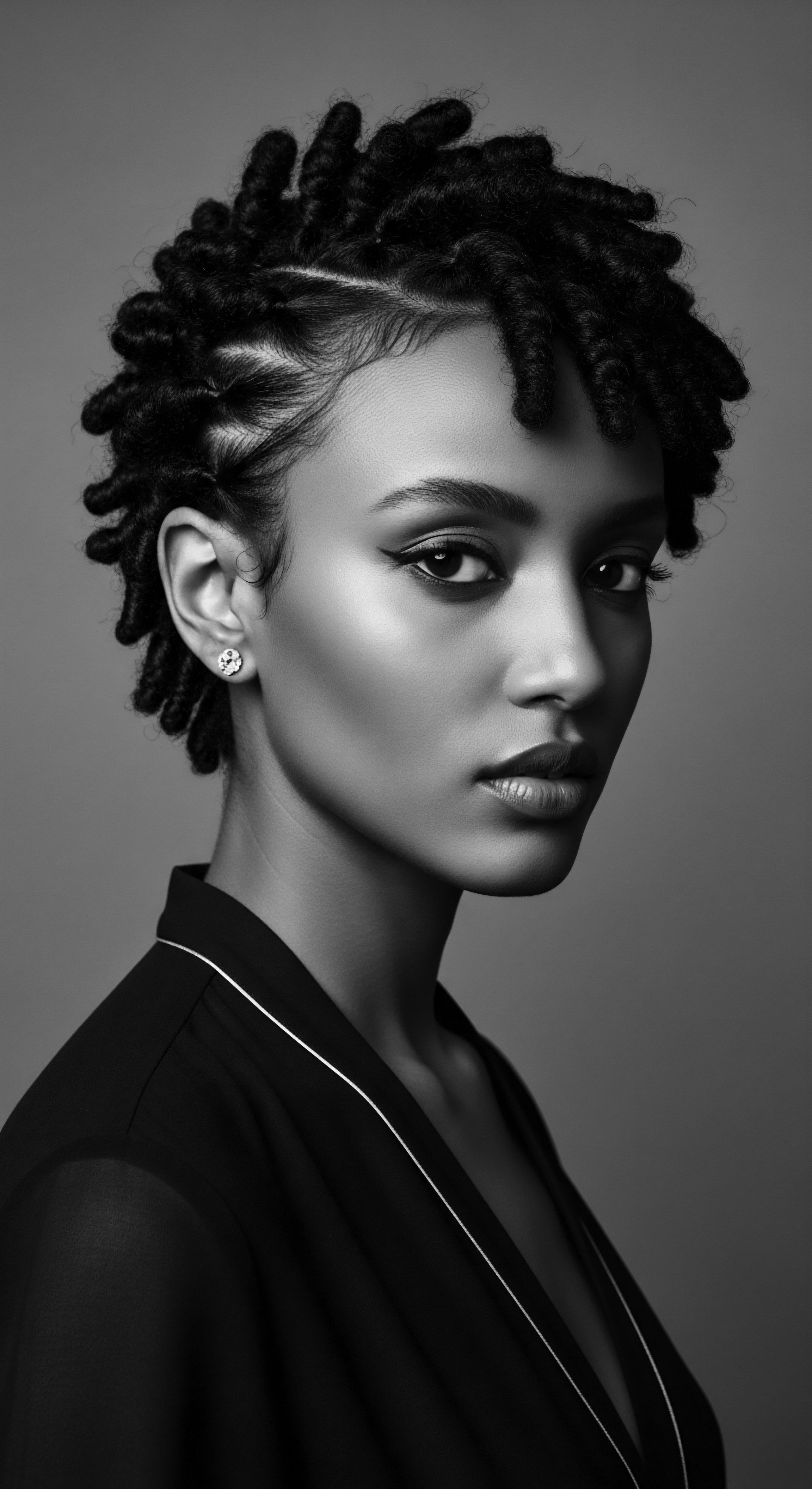
How does pH affect textured hair moisture?
pH levels profoundly influence textured hair moisture, affecting cuticle integrity and reflecting a long heritage of care practices.

